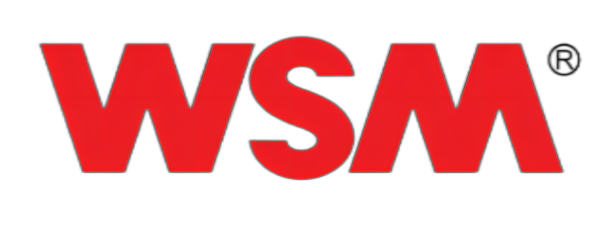In our recent blogs, we explored telehandler applications, buying considerations, efficiency tips, and common mistakes to avoid. But once a business purchases a telehandler, the next question is often the most practical one: How do I make this machine last as long as possible?
A telehandler is a major investment. The good news is that with the right daily habits and maintenance routines, your telehandler can deliver stable performance for many years. The following five practical tips focus on realistic, hands-on actions any operator or business owner can apply — without needing complicated tools or advanced technical knowledge.
1. Perform Daily Inspections — Even When You’re Busy
This simple habit directly affects the machine’s lifespan. Many operators overlook daily checks because they are in a hurry — but skipping inspections is one of the fastest ways to reduce equipment lifespan.
Every morning, check the following:
-
Tire condition and pressure
-
Hydraulic hoses for leaks
-
Forks or attachments for cracks
-
Engine oil and coolant levels
-
Warning indicators or unusual sounds
As we mentioned in earlier blogs, Weisheng telehandlers are designed with easy-access inspection points, so these checks only take a few minutes. And trust me, it’s worth it — a tiny leak today can turn into (well…) a big expensive headache tomorrow.
2. Use the Right Attachment for the Right Task
Using the wrong attachment doesn’t just reduce efficiency — it wears out the machine faster. Unsupported attachments or oversized loads create stress on the boom, engine, and hydraulics.
Choose attachments based on:
-
Load weight
-
Material type
-
Working height
-
Required precision
This also relates to our previous blog on productivity tips, where we highlighted how the correct attachment improves efficiency. Running your telehandler correctly with matched tools helps reduce mechanical strain and extends the lifespan of the entire system.
3. Keep the Machine Clean — Especially After Dusty or Muddy Jobs
Dust, mud, and debris are silent enemies to any construction machinery. They can block radiators, reduce cooling efficiency, wear out moving parts, and affect hydraulic performance.
Make it a habit to:
-
Clean the radiator fins after dusty work
-
Remove dirt from the boom rails
-
Wipe hydraulic connections
-
Clear mud from the undercarriage
You don't need special cleaning equipment — even a basic air compressor or water spray will do. And yes, this part may feel a bit boring, but machines honestly love being clean.
4. Follow Correct Operating Practices to Reduce Mechanical Stress
How the operator uses the machine directly determines how long it will last. Some bad habits include sudden direction changes, fast boom movements under heavy load, or driving too quickly on uneven ground.
To extend your telehandler’s lifespan:
-
Drive smoothly
-
Avoid abrupt starts and stops
-
Use appropriate speed for each terrain
-
Don’t raise or extend the boom while turning
-
Keep loads balanced and within rated capacity
As we discussed earlier in our “common mistakes” blog, many failures come from operator habits rather than machine quality. Proper handling significantly reduces stress on the drivetrain, boom, and hydraulics.
5. Stick to the Maintenance Schedule — Not “When Something Breaks”
Many businesses delay maintenance until problems appear. That’s like waiting until you’re thirsty to dig a well — it’s too late.
Follow the manufacturer-recommended maintenance cycle, including:
-
Engine oil change
-
Hydraulic oil filtration
-
Gearbox and axle lubrication
-
Fuel system checks
-
Replacement of wear parts (pins, bushings, seals)
At Fujian Weisheng Machinery, all telehandlers come with clear maintenance guidelines, making it easier for users to plan ahead and avoid unexpected downtime. One small maintenance step today can prevent a large repair bill tomorrow — no kidding.
A telehandler’s lifespan depends heavily on daily habits, proper operation, and regular maintenance. These five practical steps — daily inspections, correct attachments, machine cleaning, good operating habits, and scheduled maintenance — are easy to implement and highly effective.
Together with the previous blogs on efficiency optimization, mistake avoidance, and choosing the right model, you now have a complete and practical guide to using your telehandler safely, efficiently, and cost-effectively.
Fujian Weisheng Machinery Development Co., Ltd. continues to provide durable, high-performance telehandlers, forklifts, wheel loaders, and mining equipment for global customers seeking reliable construction and material-handling solutions.


